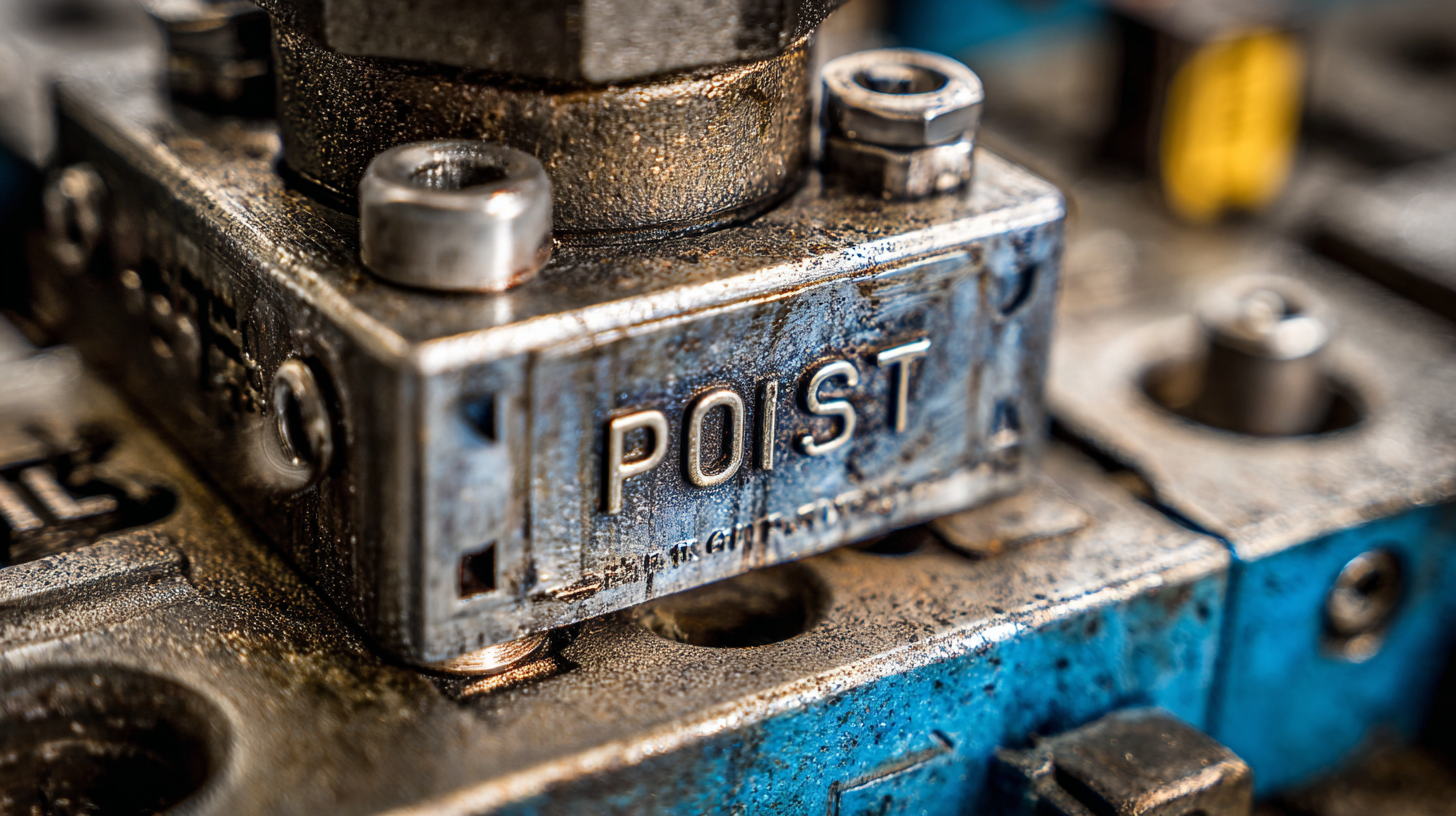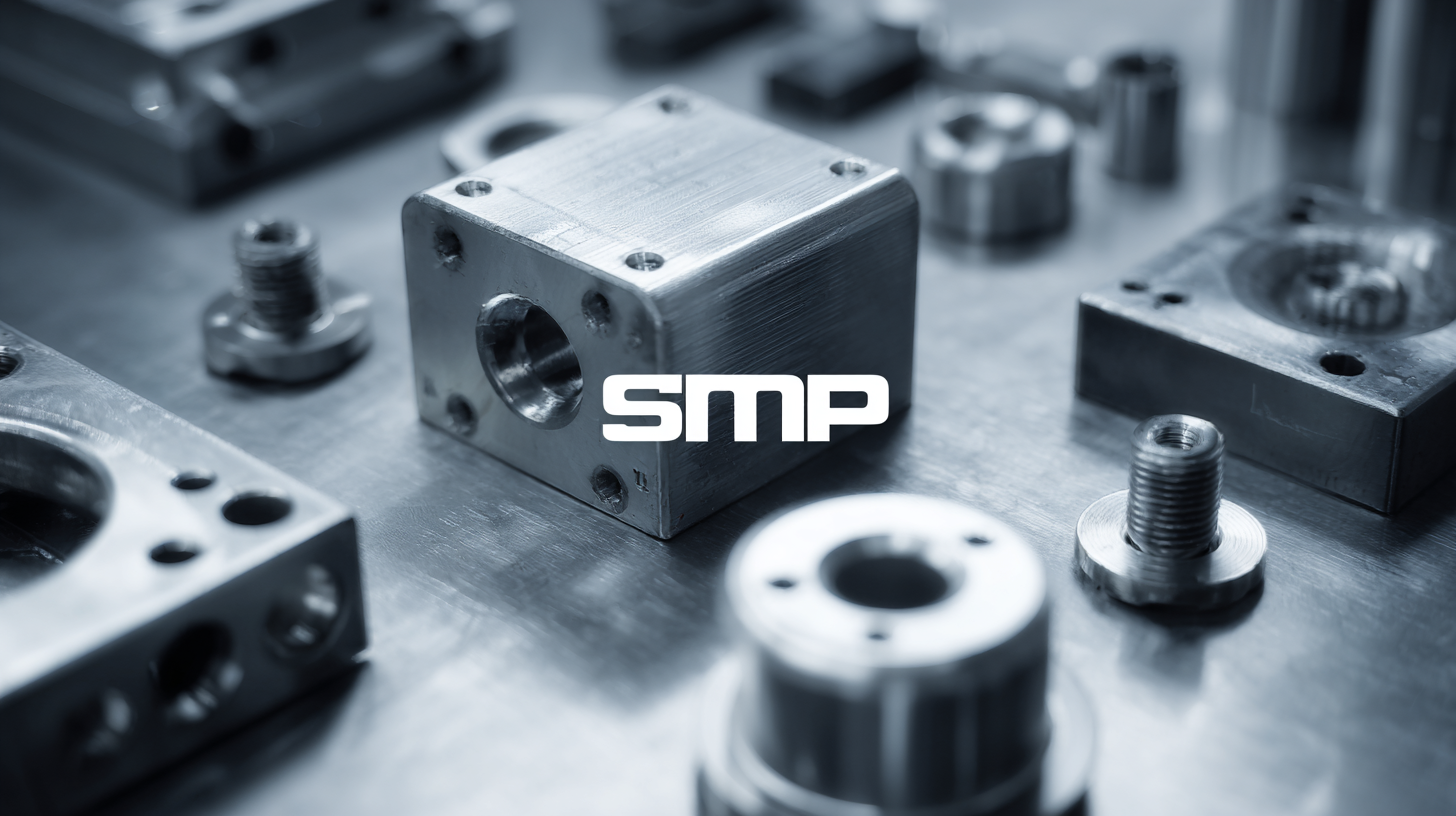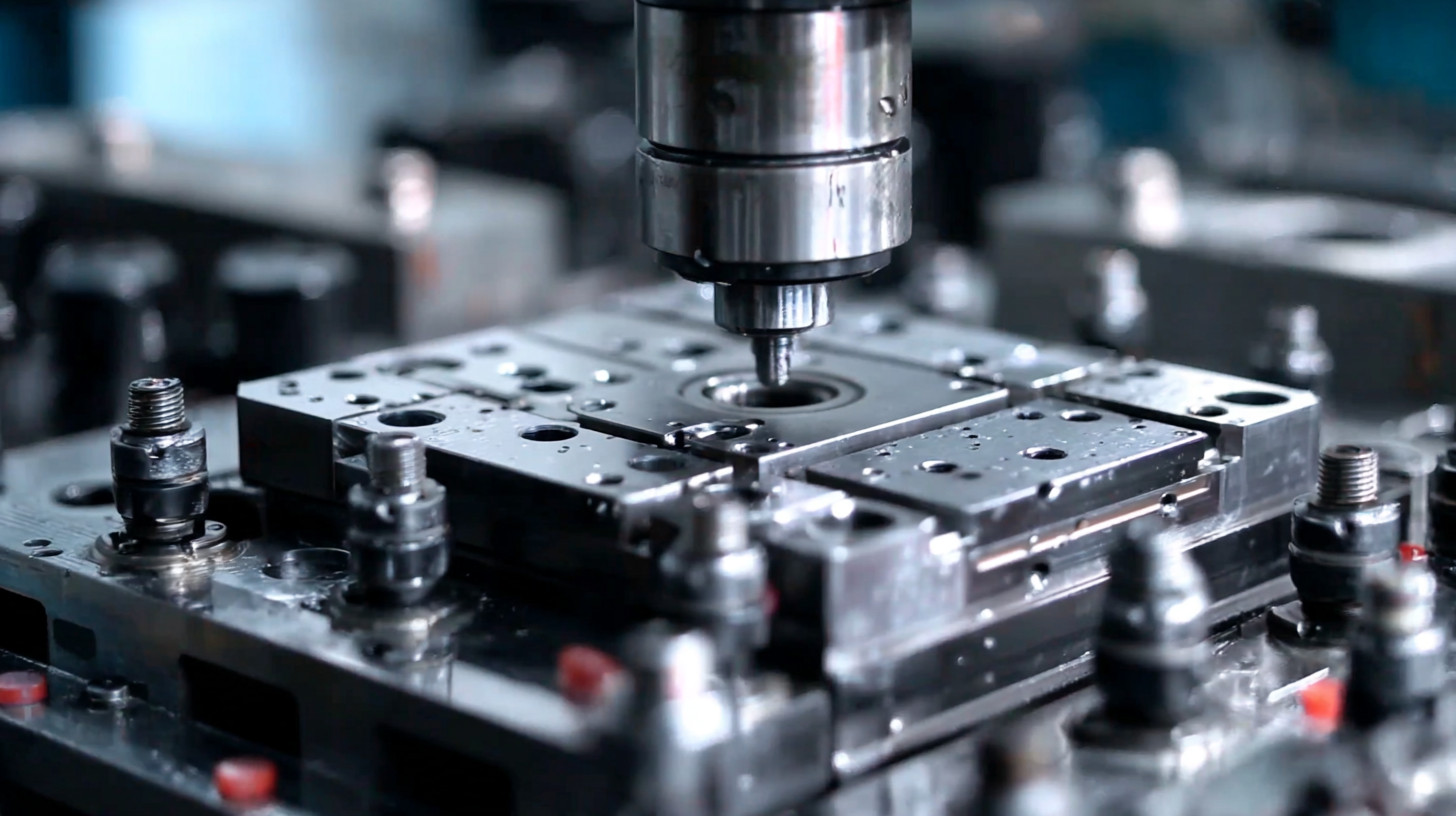
Essential Techniques for Sourcing the Best Stamping Parts in Manufacturing
In the competitive landscape of modern manufacturing, the sourcing of high-quality stamping parts is critical for ensuring product integrity and operational efficiency. According to a report by Smithers Pira, the global market for manufacturing stamping parts is projected to reach $200 billion by 2025, highlighting the increasing demand for precision-engineered components. Manufacturers are challenged to navigate a complex supply chain while maintaining cost-effectiveness and quality standards. With factors such as technological advancements and growing customer expectations driving innovation, it becomes essential to adopt effective sourcing techniques. This blog will explore essential strategies for identifying, evaluating, and securing the best stamping parts, ensuring that manufacturers can optimize their production processes and enhance overall competitiveness in the marketplace.

The Importance of Quality Standards in Sourcing Stamping Parts
When sourcing stamping parts for manufacturing, adhering to stringent quality standards is paramount. Quality standards serve as benchmarks that ensure the parts meet specific performance criteria, which directly impacts the overall product quality. By evaluating potential suppliers against established quality norms, manufacturers can mitigate risks associated with poor-quality components, such as increased defect rates and costly production delays.
Incorporating quality standards into the sourcing process also fosters a culture of accountability between manufacturers and suppliers. By demanding compliance with recognized certification programs like ISO 9001 or industry-specific standards, manufacturers can build trust with their suppliers. This alignment not only enhances the consistency and reliability of the parts sourced but also encourages suppliers to innovate and improve their processes, ultimately benefiting all parties involved in the manufacturing chain.
Prioritizing quality standards in sourcing not only protects product integrity but also strengthens long-term supplier relationships.
Key Factors to Consider When Choosing a Stamping Parts Supplier
When choosing a stamping parts supplier, several key factors must be considered to ensure optimal quality and performance. One vital aspect is the supplier's capability to deliver precision parts that meet specific tolerances. According to a report by the Precision Metalforming Association, up to 60% of manufacturers identify precision as a critical factor in their supplier selection process. Assessing a supplier's experience in working with various materials and their technological capabilities can significantly impact the overall manufacturability of your project.
Tip: Always request samples of previous work or case studies highlighting the supplier's ability to meet stringent requirements. This not only showcases their technology but also provides insight into their commitment to quality.
Another crucial factor is lead time. In today's fast-paced manufacturing environment, efficiency in delivery is paramount. According to a survey conducted by the Manufacturing Association, 70% of companies prioritize quicker turnaround times when selecting suppliers. Reliable suppliers who demonstrate timely production schedules can not only reduce inventory costs but also improve overall workflow.
Tip: Establish clear communication channels regarding timelines and expectations. Regular updates can help mitigate potential delays and strengthen the partnership.
Understanding the Benefits of Partnering with Leading Chinese Manufacturers
When sourcing stamping parts for manufacturing, partnering with leading Chinese manufacturers offers numerous advantages. China's manufacturing sector has made significant strides, bolstered by massive investments and a strong focus on research and development. This has enabled Chinese companies to offer high-quality products at competitive prices, making them ideal partners for businesses looking to enhance their production capabilities.
**Tips for Effective Sourcing:**
1. **Leverage Technology:** As artificial intelligence reshapes supply chains, utilizing AI tools can streamline your sourcing processes. Select manufacturers that integrate advanced technologies into their operations to gain insights and improve efficiency.
2. **Evaluate Supplier Capabilities:** Assess potential partners not just on price but also on their technological maturity and track record in the industry. A manufacturer that has invested in cutting-edge machinery and processes is more likely to deliver superior parts.
3. **Focus on Collaboration:** Building a strong relationship with your Chinese manufacturers can lead to better communication and collaboration. Engage in joint discussions about product development and share feedback for continuous improvement.
The dynamics of global manufacturing are evolving, and those who adapt by partnering with innovative players in China will likely see a significant advantage in markets increasingly influenced by digital transformations.
Comparison of Sourcing Costs for Stamping Parts from Different Regions
Innovative Technologies Enhancing Stamping Part Production Processes
Innovative technologies are revolutionizing the production processes of stamping parts, enhancing quality and efficiency in manufacturing. According to a recent report by the Metal Stamping Association, advancements such as automation, computer numerical control (CNC) systems, and Industry 4.0 technologies are increasing productivity by up to 30%. These innovations not only streamline operations but also improve precision, reducing waste in the manufacturing phase.
Tip 1: Investing in automated stamping machines can significantly reduce cycle times and lower labor costs, allowing manufacturers to focus on high-value tasks. Regular training on the latest technologies can also empower teams to optimize machine performance, leading to better output quality.
Emerging technologies like additive manufacturing and artificial intelligence (AI) are also playing a critical role in stamping part production. According to a study from the International Journal of Advanced Manufacturing Technology, AI-driven analytics can predict machine failures and ensure preventive maintenance, potentially reducing downtime by 50%.
Tip 2: Implementing AI solutions allows for smarter decision-making in the supply chain, helping manufacturers source the best materials and optimize their production process. Additionally, consider integrating 3D printing for prototyping to enhance the design flexibility of stamping parts.

Effective Strategies for Evaluating and Selecting the Right Stamping Parts
When sourcing stamping parts for manufacturing, having effective strategies in place for evaluation and selection is critical. According to a report by Grand View Research, the global metal stamping market is expected to reach $250.1 billion by 2025, with an annual growth rate of 6.6%. This growth indicates a rising demand for high-quality stamping parts, necessitating a robust evaluation framework for manufacturers. Key factors to consider include material specifications, tolerances, and process capabilities of the suppliers.
One pivotal strategy involves conducting a comprehensive suppliers' audit which can reveal their production capabilities and quality assurance practices. A 2020 study by MarketsandMarkets indicates that about 62% of manufacturers believe that supplier evaluations significantly reduce production downtime and enhance product quality. Furthermore, leveraging technology such as CAD and CAM can assist in creating prototypes that meet specific design requirements, ensuring that the selected stamping parts not only align with production needs but also optimize efficiency and cost-effectiveness. By employing these strategies, manufacturers can confidently source the best stamping parts that drive their production objectives forward.

